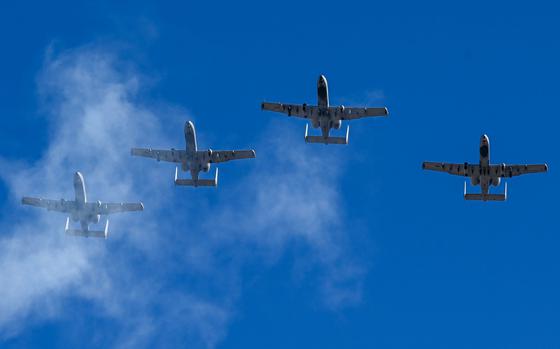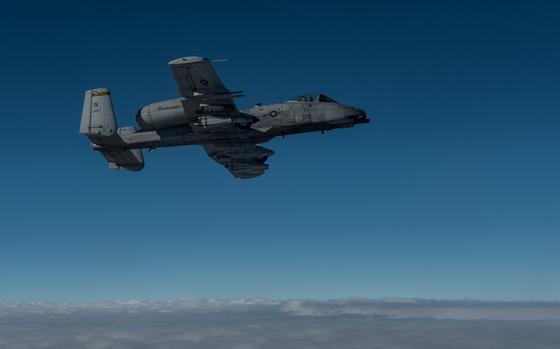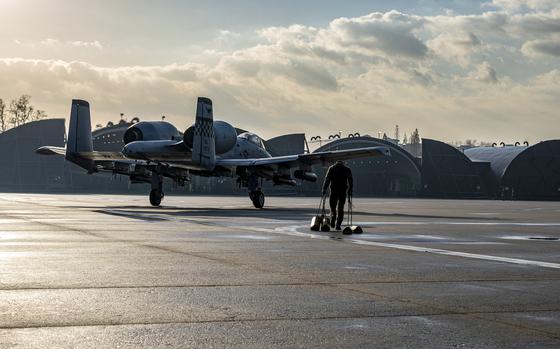Air Force
Idaho Air National Guard’s 124th Fighter Wing begins divesting A-10sThe Idaho Air National Guard’s 124th Fighter Wing officially began the divestment of its A-10 Thunderbolt II aircraft, with the first jet departing Gowen Field on Tuesday.

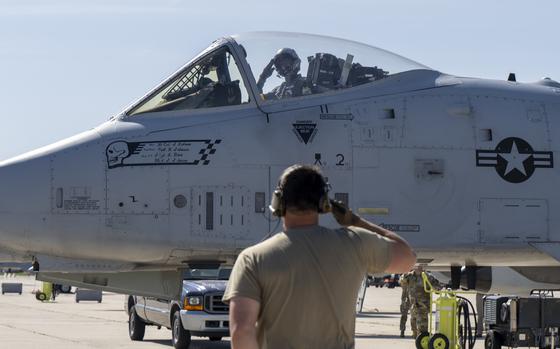

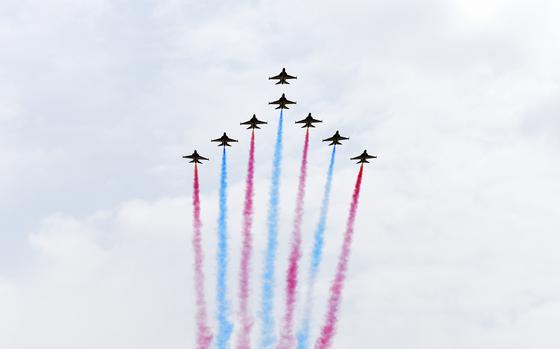

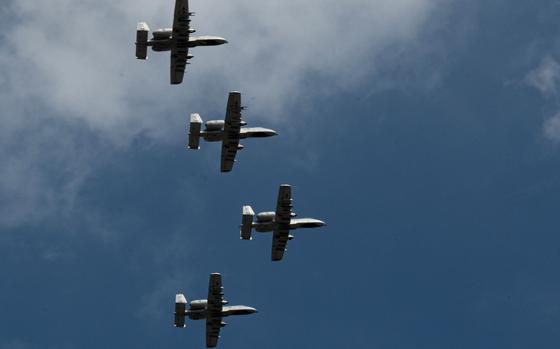
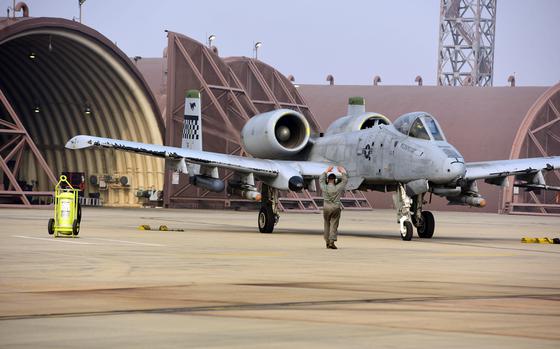
![ProEXR File Description
=Attributes=
channels (chlist)
compression (compression): Zip16
dataWindow (box2i): [0, 0, 7199, 4799]
displayWindow (box2i): [0, 0, 7199, 4799]
lineOrder (lineOrder): Increasing Y
pixelAspectRatio (float): 1
screenWindowCenter (v2f): [0, 0]
screenWindowWidth (float): 1
type (string): "scanlineimage"
=Channels=
A (half)
B (half)
Beauty.blue (half)
Beauty.green (half)
Beauty.red (half)
Cryptomatte.blue (half)
Cryptomatte.green (half)
Cryptomatte.red (half)
DiffuseLighting.blue (half)
DiffuseLighting.green (half)
DiffuseLighting.red (half)
Emission.blue (half)
Emission.green (half)
Emission.red (half)
G (half)
MANUAL and HEADBAND.blue (half)
MANUAL and HEADBAND.green (half)
MANUAL and HEADBAND.red (half)
OPTIONS_ICON.blue (half)
OPTIONS_ICON.green (half)
OPTIONS_ICON.red (half)
OPTION_ICON.blue (half)
OPTION_ICON.green (half)
OPTION_ICON.red (half)
PSFM.blue (half)
PSFM.green (half)
PSFM.red (half)
R (half)
Reflections.blue (half)
Reflections.green (half)
Reflections.red (half)
Refractions.blue (half)
Refractions.green (half)
Refractions.red (half)
SHARE_ICON 1.blue (half)
SHARE_ICON 1.green (half)
SHARE_ICON 1.red (half)
SHARE_ICON.blue (half)
SHARE_ICON.green (half)
SHARE_ICON.red (half)
STRAPS and CABLE.blue (half)
STRAPS and CABLE.green (half)
STRAPS and CABLE.red (half)
SYMBOLS Matte.blue (half)
SYMBOLS Matte.green (half)
SYMBOLS Matte.red (half)
Shadows.blue (half)
Shadows.green (half)
Shadows.red (half)
SpecularLighting.blue (half)
SpecularLighting.green (half)
SpecularLighting.red (half)
VR and Astons.blue (half)
VR and Astons.green (half)
VR and Astons.red (half)
VR2 STRAPS 01.blue (half)
VR2 STRAPS 01.green (half)
VR2 STRAPS 01.red (half)
VR2 STRAPS 02.blue (half)
VR2 STRAPS 02.green (half)
VR2 STRAPS 02.red (half)
VR2 Headphones 01.blue (half)
VR2 Headphones 01.green (half)
VR2 Headphones 01.red (half)
VR2 Headphones 02.blue (half)
VR2 Headphones 02.green (half)
VR2 Headphones 02.red (half)
VR2 Headphones 03.blue (half)
VR2 Headphones 03.green (half)
VR2 Headphones 03.red (half)
VR2 PM 01.blue (half)
VR2 PM 01.green (half)
VR2 PM 01.red (half)
VR2 PM 02.blue (half)
VR2 PM 02.green (half)
VR2 PM 02.red (half)
VR2 PM 03.blue (half)
VR2 PM 03.green (half)
VR2 PM 03.red (half)
VR2 PM 04.blue (half)
VR2 PM 04.green (half)
VR2 PM 04.red (half)
VR2 USB 01.blue (half)
VR2 USB 01.green (half)
VR2 USB 01.red (half)
VRSENSE LH PM 01.blue (half)
VRSENSE LH PM 01.green (half)
VRSENSE LH PM 01.red (half)
VRSENSE LH PM 02.blue (half)
VRSENSE LH PM 02.green (half)
VRSENSE LH PM 02.red (half)
VRSENSE LH PM 03.blue (half)
VRSENSE LH PM 03.green (half)
VRSENSE LH PM 03.red (half)
VRSENSE LH PM 04.blue (half)
VRSENSE LH PM 04.green (half)
VRSENSE LH PM 04.red (half)
VRSENSE RH PM 01.blue (half)
VRSENSE RH PM 01.green (half)
VRSENSE RH PM 01.red (half)
VRSENSE RH PM 02.blue (half)
VRSENSE RH PM 02.green (half)
VRSENSE RH PM 02.red (half)
VRSENSE RH PM 03.blue (half)
VRSENSE RH PM 03.green (half)
VRSENSE RH PM 03.red (half)
VRSENSE RH PM 04.blue (half)
VRSENSE RH PM 04.green (half)
VRSENSE RH PM 04.red (half)
VRSENSE_L_LOCK.blue (half)
VRSENSE_L_LOCK.green (half)
VRSENSE_L_LOCK.red (half)
VRSENSE_L_SONY.blue (half)
VRSENSE_L_SONY.green (half)
VRSENSE_L_SONY.red (half)
VRSENSE_R_LOCK.blue (half)
VRSENSE_R_LOCK.green (half)
VRSENSE_R_LOCK.red (half)
VRSENSE_R_SONY.blue (half)
VRSENSE_R_SONY.green (half)
VRSENSE_R_SONY.red (half)](https://www.stripes.com/incoming/kdtgqq-0116psvr2metaquest3videogamesphotos01.jpeg/alternates/LANDSCAPE_560/0116psvr2metaquest3videogamesphotos01.jpeg)
